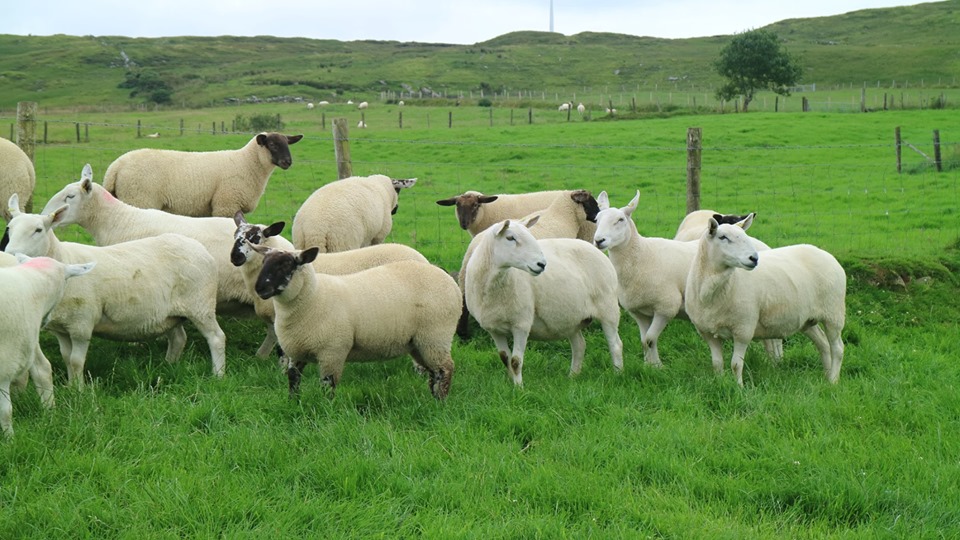The breeding season is coming to a close for many early-lambing flocks and, by now, many of these flocks will be housed for the winter period.
The lambing season can be split up into three different periods: early; mid; and late season.
Farmers who are lambing down early to produce lamb for the Easter market should be getting ready to scan their ewes and prepare themselves for the busy lambing period.
Ewes should be scanned between 80 and 90 days post ram turnout in order to achieve accurate results.
Scanning at 80 days will ensure that the scanner can pick up all of the ewes that are in-lamb.
However, scanning ewes that are greater than 90 days in-lamb will make it more difficult for the scanner to identify how many lambs the ewe is carrying.
Furthermore, it is best practice to avoid scanning ewes that are less than 40 days in-lamb as this will result in pregnant ewes not being identified and culled as they were considered empty.
Ewes should be batched according to the number of lambs they are carrying and fed accordingly to meet energy requirements.
Therefore, it is important that ewes are offered good-quality silage of at least 70% dry matter digestibility (DMD).
Silage of low DMD (less than 65%) will result in twin-bearing ewes requiring concentrates 8-10 weeks before lambing. Farmers should get their forage tested to help ensure that accurate pre-lambing nutrition is achieved.
Benefits of scanning
There are many benefits to scanning ewes that farmers should take advantage of. Furthermore, after a difficult year in terms of sheep prices, farmers should be looking at ways to reducing costs, and scanning offers them this chance.
The benefits of scanning include:
- It will identify empty ewes that can be culled and sold;
- It will give an indication to the number of lambs a ewe is carrying;
- Ewes can also be batched according to the number of lambs they are carrying;
- It will give farmers an idea of how much feed should be offered to ewes.


